Subtotal: ₹150.00
Liatris Bubs Pack of 3 Bulbs
₹249.00
Out of stock
Email when stock available
How to Plant Liatris from Bulbs
Liatris Bubs also known as blazing star or gayfeather, is a stunning perennial bloom that blooms on corms or bulbs. Spiky tall flowers are bee- and butterfly-friendly and make a pop of color in the garden. Liatris can be planted from bulbs using these simple steps to succeed.
| Number of bulbs | 3 |
|---|---|
| Sowing month | Feb to Oct |
| Sowing Temperature | 28C above |
| Blooming month | May to Nov |
| sun | Full except may june |
Choosing the Right Location
To begin with, choose a place in the sun in your yard. Liatris prefers sun and free draining soil. In case the soil is clay or heavy, include sand or compost in the ground to aid drainage. It requires good drainage because Liatris bulbs become damaged by soggy soil.
What does the Liatris flower symbolize?
Liatris is used to symbolize feelings of bliss, happiness and joy (especially in romantic relationships). For these reasons, it is a common protagonist in wedding arrangements, Valentine's Day bouquets and anniversary celebrations.
Where is the best place to plant Liatris?
Sun and Shade: Liatris grows best in full sun, though the plants will also tolerate some shade. Zone: Liatris is winter hardy in zones 3-8. Not sure about your hardiness zone? Check the USDA zone map here.
What are the benefits of Liatris?
Benefits: Beyond its aesthetic contribution, Liatris serves many ecological benefits. It is a magnet for pollinators, attracting bees, butterflies, and hummingbirds, which are drawn to its rich nectar. This attribute makes it a valuable addition to wildlife gardens and naturalized areas
Liatris Bubs Planting the Bulbs
Once you have your desired spot, now is the time to plant the bulbs. Liatris plants in spring when frost is not a concern. Plant 2-4 inches deep and 12-15 inches apart. Place bulbs on the ground flat side down, pointed end up. Fill and press tightly to close up the air space. Amaryllis red velvet is a good companion
Watering and Care
Water thoroughly once planted to settle the bulbs. Liatris Bubs needs moderate watering but should not be overwatered, as it will waterlog the soil. Mature plants are drought-tolerant and should be watered carefully.
Growth and Blooming
Liatris will germinate slowly, but rarely more than a few weeks. After germinating, however, it will grow like a weed. Mid- to late summer-flowering top-opening flower spikes produce bright purple or pink showy blooms that are crowd and pollinator pleasers. Frequent removal of dead flowers, deadheading, will encourage further blooming and keep your garden looking its best.
Liatris Bubs Fertilizing and Maintenance
Liatris doesn’t have to be deeply fed, but a light all-purpose fertilizer during spring will work. Don’t over-fertilize, for it will weaken the stem and cause the flowers to flop.
Liatris Bubs Winter Care
During winter, leaves will turn brown and flowers will bloom. Trim stems after the first frost to firm inch or so of growth along the soil line. Mulch bulbs when cold to protect them during the winter season. Liatris is no-maintenance flowering and will return year after year with minimal maintenance.
Liatris Bubs Pleasant Living With Your Liatris
With the right care, Liatris will provide stunning flowers throughout the year. They will not just be a visual treat but will also invite positive insects. These simple steps enable you to plant Liatris from bulbs with ease and experience their majesty every summer season.
| Germination Level | Easy |
|---|---|
| Growth Pattern | Up right Straight |
| Hybrid or Open Pollinated | Hybrid |
| Origin Country | Imported |
| Ideal location | Partial Sun |
| Color | Purple |
Be the first to review “Liatris Bubs Pack of 3 Bulbs” Cancel reply
You must be logged in to post a review.
Related products
Rated 4.00 out of 5
₹99.00

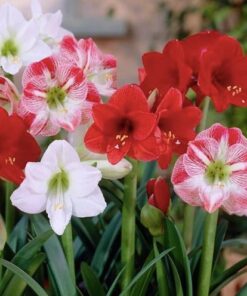 Amaryllis Bulbs Mix color 5 bulbs pack color not confirm
Amaryllis Bulbs Mix color 5 bulbs pack color not confirm 

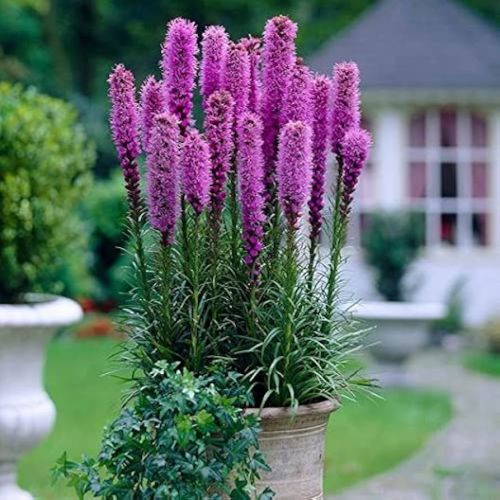



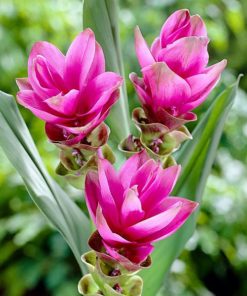



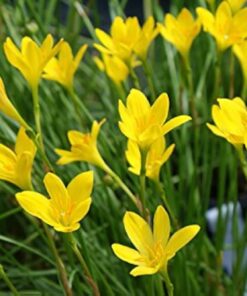

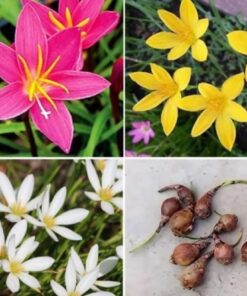

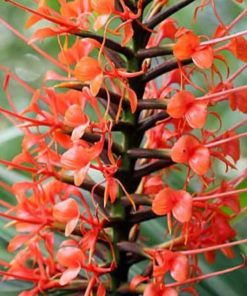
Reviews
There are no reviews yet.